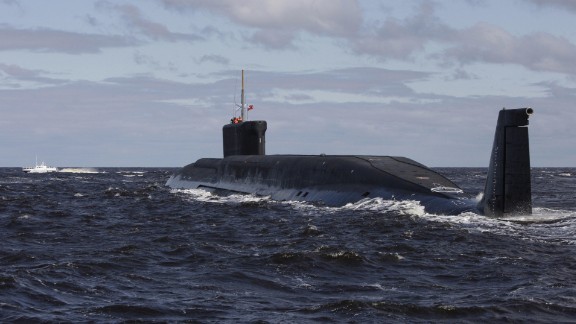

Zhuravin was senior assistant to the commander (executive officer). Kobzar and Captain Second Rank Alexander M. Upon her final deployment, K-129 's commander was Captain First Rank Vladimir I. Upon departure on 24 February, K-129 reached deep water, conducted a test dive, returned to the surface and reported by radio that all was well, and proceeded on patrol. The K-129, having completed two 70-day ballistic-missile combat patrols in 1967, was tasked with her third patrol in February 1968, with an expected completion date of. In January 1968, K-129 was assigned to the 15th Submarine Squadron as part of the 29th Ballistic Missile Division at Rybachiy, commanded by Admiral Viktor A. On 3 April 1964, K-129 underwent modernization under Project 629A at Dalzavod in Vladivostok, and re-entered service following completion of modernization on. In 1960, she was reassigned to 15th Submarine Squadron based at Rybachiy Naval Base in Kamchatka. She was launched on, with her acceptance certificate signed on 31 December 1959, and assigned to the 123rd Brigade, 40th Division of the Soviet Pacific Fleet at Vladivostok. The keel of K-129 was laid down on 15 March 1958 at Komsomolsk-on-Amur Shipyard No. Launch and operations Project 629A submarine The cover story was that the salvage vessel was engaged in commercial manganese nodule mining. Only a part of the submarine was recovered from its position 4.9 km (16,000 ft) below the surface, making this the deepest attempt to raise a ship. In 1974, the United States attempted to recover the submarine in a secretive Cold War–era effort named Project Azorian. Navy observing the Soviet efforts, the Americans also began searching, ultimately determining the exact coordinates of the wreck utilizing underwater acoustic data in August 1968, hundreds of miles away from the Soviet search efforts. This was one of four mysterious submarine disappearances in 1968, the others being the Israeli submarine INS Dakar, the French submarine Minerve, and the American submarine USS Scorpion.Īfter nearly two weeks of silence during her patrol in the Pacific Ocean, the Soviet Navy officials became concerned about her status and reportedly deployed large numbers of military aircraft and ships to search for the vessel, but no sign or wreckage was found. The K-129 's commander was Captain First Rank Vladimir I. Kobzar, and she carried the hull number 722 on her final deployment, during which she sank on 8 March 1968. K-129 ( Russian: К–129) was a Project 629A ( Russian: проект 629А Projekt 629A, NATO reporting name Golf II– class) diesel-electric- powered ballistic-missile submarine that served in the Pacific Fleet of the Soviet Navy–one of six Project 629 strategic ballistic-missile submarines assigned to the 15th Submarine Squadron based at Rybachiy Naval Base near Petropavlovsk, commanded by Rear Admiral Rudolf Golosov. Said to be armed with SS-N-5 Serb missile with 750–900 nmi (1,390–1,670 km) range and 1-megaton warhead

3 × electric motors, 3,880 kW (5,200 shp)ĭ-4 launch system with 3 × SS-N-5 Serb) missiles.Golf II-class ballistic missile submarine Partially recovered in covert salvage operation by the American CIA in 1974. Sank on 8 March 1968 approximately 1,560 nautical miles (2,890 km) northwest of Oahu in the Pacific Ocean with all 98 hands. H I Sutton, a naval analyst who has researched Russia's submarines, told The Barents Observer in 2018 that Moscow had "invested heavily in this secretive fleet, even in times of economic hardship.Golf II-class ballistic missile submarine K-129, hull number 722 Yantar also appears to host a number of other manned and unmanned submersibles and to be able to map underwater pipelines and cables. The ship is believed to be able to carry a manned deep-sea submersible that can dive up to 6,000 meters. GUGI has a number of surface vessels, notable among them the special-purpose survey ship Yantar. GUGI also operates the nuclear-powered special-mission vessel Belgorod, the world's longest submarine, which can carry the smaller Losharik.

However, the small size of these specialized undersea vessels limits their range, so GUGI's fleet also includes two nuclear-powered submarines that previously carried ballistic missiles but have been converted to carry other GUGI subs under their hull and covertly deploy them close to their target.

To allow them to sabotage underwater infrastructure, these submarines carry a complement of tools, including manipulator arms and lock-out compartments that allow divers to exit into the ocean. Account icon An icon in the shape of a person's head and shoulders.


 0 kommentar(er)
0 kommentar(er)
